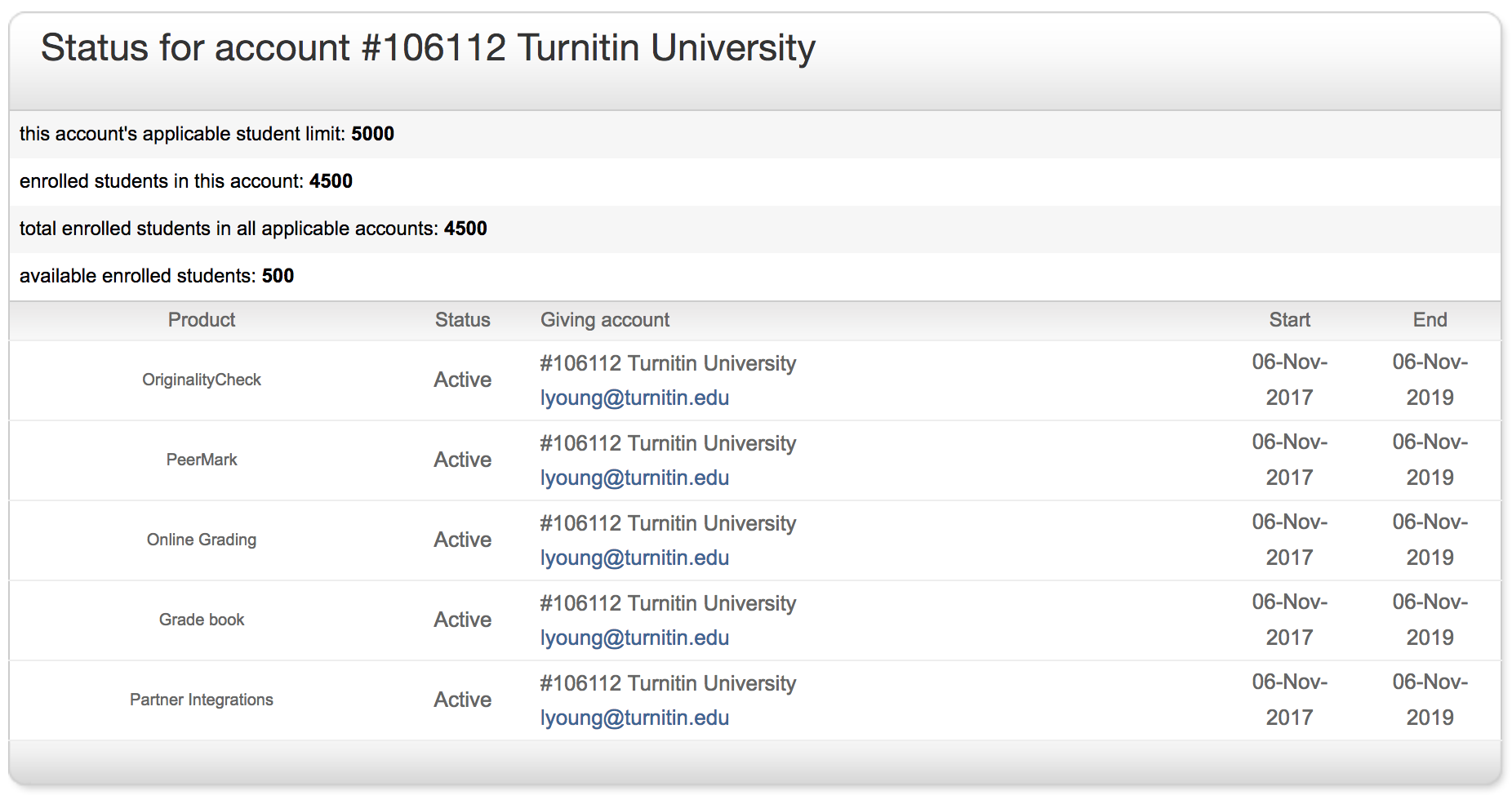Hey, Feedback Studio administrators! We hear you've had a great academic year! Your account has been ticking along smoothly for as long as you can remember, your students have submitted with ease, your instructors have graded effortlessly, and most importantly, academic integrity is at an all-time high! What could possibly go wrong?
Did you know that for every student enrolled in an active class, the closer you become to reaching your account's student limit? Once your student count reaches its limit, new students will be unable to join classes in your account, submit their papers, view instructor feedback, or receive a Similarity Report.

An 'active class' is a class that has not yet reached its end date. Any students enrolled in an active class are considered active students, even if they left your institution long, long ago. That said, you might not be surprised to hear that the two biggest causes of student limit concerns are unexpired classes and duplicate enrollments in the same class.
We have seven useful and straightforward tips to help you maintain a healthy (and accurate) student count. Let's get to work...
1. Check your limit and student countMaybe this goes without saying, but do you know your student limit and how close you are to it? Any changes in enrollment numbers require 24 hours to take effect.

So, your instructors have forgotten to expire their out-of-date classes? Whilst this may seem like a trivial task, unexpired classes result in students from previous terms still being considered as 'active' and continuing to count towards your student limit. Students in expired classes do not count towards your student limit.
Creating new classes each term ensures that inactive students are not counted against your student limit. To expire a class, instructors can edit the problem class and change its end date to a date in the past. Simple!
3. Merge multiple accountsWhy not rally your students up and ask that they merge their duplicate user profiles? We'd recommend this option when a student has enrolled multiple times in one class and subsequently submitted papers through multiple user accounts.

Students can merge their accounts by contacting Turnitin Customer Support. In order to process the request, the student must prove that they are the owner of the multiple accounts. Once consolidated, this process cannot be undone.
4. Drop duplicate studentsInstructors can delete multiple enrollments in their classes by dropping duplicate students. However, we only recommend this when the secondary account has not yet submitted. Dropping a student in this way will make any papers they have submitted unavailable.
5. Change the class enrollment keyIf your instructors prefer that students join their class using a class ID and enrollment key, they should change the enrollment key once all students have created their user profile in Turnitin. This prevents any unwanted (and duplicate) enrollments.
6. Update student detailsIf a student can't access their account as they've forgotten their email address, instructors should view the student roster list to confirm which email address and name were used to enroll in the class originally. If the student no longer has access to the email address listed, the instructor can correct it.
It's worth noting that student count issues can simply be down to a student limit that is too low to accommodate your institution. In this case, have a discussion with your account manager about how they can help you bring your account back to stability.




